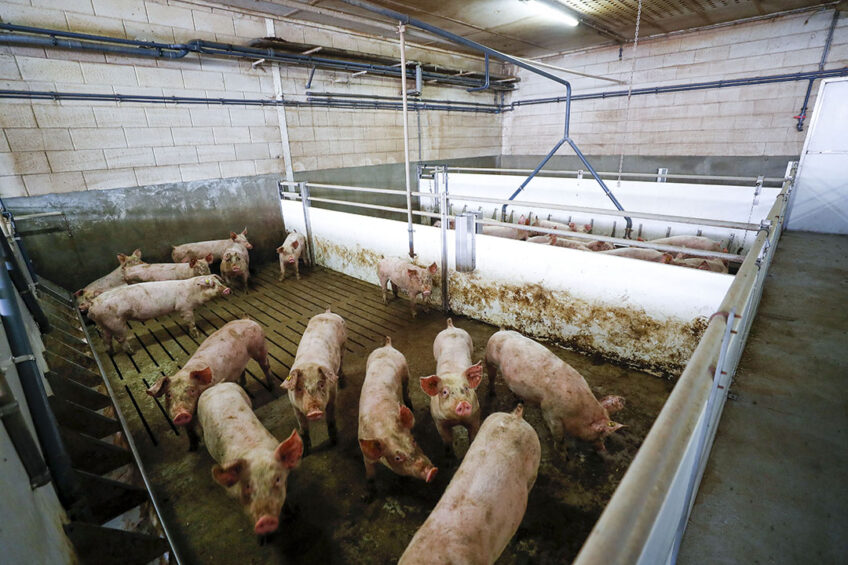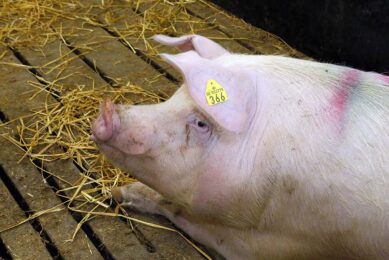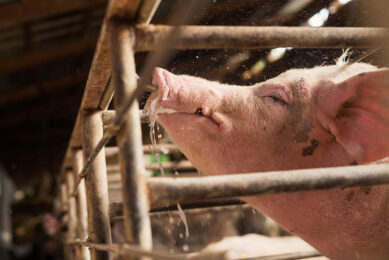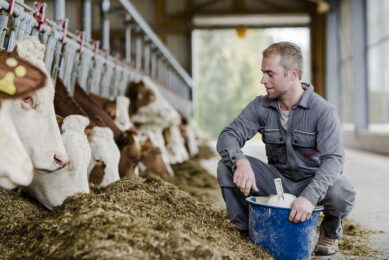New app HotHog predicts heat stress in pigs

Scientists at the United States Department of Agriculture’s Agricultural Research Service (ARS) and universities created the HotHog app. This app incorporates local weather data with results from extensive behavioural and physiological studies to predict the degree of heat stress pigs anywhere in the world experience on an hourly, daily or weekly basis.
Producers can adjust ventilation or use misting in the barn, and plan transportation accordingly. Pigs are vulnerable to heat stress because they do not cool themselves through sweating but through panting (and also radiative heat loss as conditions permit). The ARS notes that each year, heat stress in pigs costs the US industry an estimated $ 481 million USD.
App features
Within the app, clicking on a fan icon leads users to a page titled ‘Management Observations and Mitigation Options,’ with recommendations for ensuring the sows’ comfort based on the thermal state that the app has predicted. In the settings, users can switch between dark and light mode, Fahrenheit or Celsius, and so on.
Updates
Future updates to HotHog will include a Spanish version, push notifications and thermal predictions for other pig groups such as boars, nursery pigs and growing-finishing pigs. The updates will be available through the Apple App Store for iPhones and the Google Play Store for Android devices.
Pregnant sow management and heat stress mitigation during gestation likely represents the best method to decrease IUHS incidence
Dr. Jay Johnson at ARS in Indiana
Research underpinnings
Dr. Jay Johnson at ARS in Indiana and his team began work on the project in 2018 and have published several studies leading to the creation of the app, including a recent paper in the Journal of Animal Science and Biotechnology. In this paper, they noted that intrauterine heat stress (IUHS) reduces postnatal productivity, health, and welfare in pigs, specifically reducing postnatal growth performance and increasing prevalence of behaviours indicative of stress during postnatal life.
It can also exacerbate physiological indicators of stress (e.g. cortisol levels) following common production stressors, reduce the ability of pigs to maintain euthermia under heat stress conditions, impair reproductive function and compromise the immune system of pigs during postnatal life.
Pregnant sow management and heat stress mitigation
Johnson and his team also explain that whilst “some studies have unsuccessfully attempted to mitigate the negative effects of IUHS through nutritional strategies, pregnant sow management and heat stress mitigation during gestation likely represents the best method to decrease IUHS incidence and improve the postnatal performance, health and welfare of pigs gestated during hot times of the year.”











